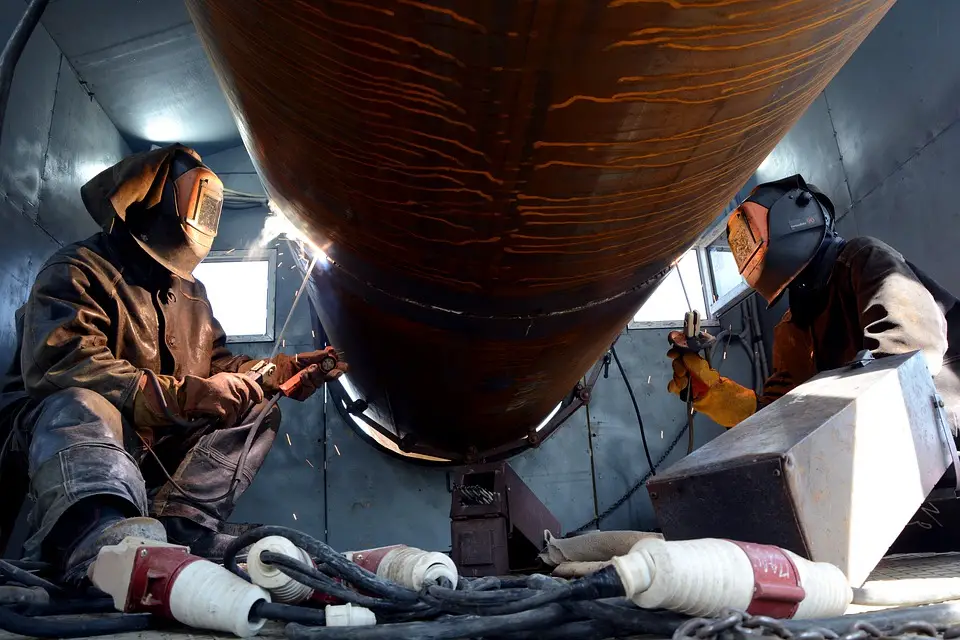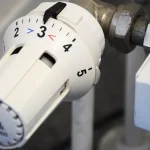As Marinko Glavan/Morski writes, after Prime Minister Andrej Plenkovic stated at a recently held EU summit that Croatia had almost completely eliminated its dependence on Russian gas by building a floating LNG terminal on Krk, and that an analysis was being drawn up in order to to increase the capacities of the existing terminal, Novi list sent some questions about those capacity increases to LNG Hrvatska, which manages the terminal, Plinacro, which manages Croatia’s natural gas transmission system, and the Ministry of the Economy and Sustainable Development.
To what extent can the capacities of transshipped liquefied natural gas and its gasification at the Omisalj LNG terminal be increased, and can Plinacro’s transport system accept larger quantities of natural gas than those provided by the current maximum capacity of the LNG terminal?
The current maximum capacity of the LNG terminal on Krk is about 2.6 billion cubic metres of natural gas, as much as the terminal, at least in theory, can deliver to the transport system. This figure is approximately equal to or slightly less than the annual gas consumption in Croatia, taking into account that Croatia still meets slightly less than a third of the gas needs from its own fields, and the LNG terminal capacities are adjusted to the transport system in Plinacro from Krk to the rest of the country and further afield, if necessary, to Hungary and third countries.
The competent Ministry responded with a very brief response to the same question, saying that the possibilities of increasing the capacity of the terminal were being examined.
”Technical analyses conducted by LNG Croatia and Plinacro are underway in order to consider the possibilities of increasing the shipment of gas from LNG terminals,” the Ministry of the Economy and Sustainable Development replied. A similar answer came from Hrvoje Krhen, the director of LNG Croatia, the company that manages the Omisalj LNG terminal.
”We’re currently conducting analyses and testing the possibility of increasing the amount of gas we can deliver to the system. For now, it’s too early to say how many quantities could be involved, but next week we’ll know more and then we’ll inform the public about it. Possibilities of an increase do exist, and analyses will show exactly how much it will be,” said Krhen.
Plinacro didn’t provide a concrete response as to how much natural gas from the Omisalj LNG terminal could be accepted by their transport system, and Novi list unofficially found out how they are conducting tests in order to determine this more precisely.
How LNG Croatia and Plinacro intend to increase production remains to be seen, especially in light of the fact that almost one hundred percent of the Omisalj LNG terminal’s capacity has been leased so far and that in the current circumstances and production parametres, there is little room for significant increases. Fifteen more ships with liquefied natural gas cargo are planned to arrive at the Omisalj LNG terminal by the end of this gas year.
The Russian invasion of Ukraine
In the first year and two months of being in operation, the liquefied natural gas (LNG) gasification terminal in Omisalj delivered 1.9 billion cubic metres of natural gas to the Plinacro transport system, and about 95 percent of the gas imported through the Omisalj LNG terminal was consumed or stored in Croatia. Since the beginning of its operation, the Omisalj LNG terminal has covered significantly more than half of the total Croatian consumption, which stands at around 2.8 billion cubic metres per year.
In addition, the Omisalj LNG terminal gained in importance with the start of the Russian invasion of Ukraine, which resulted in various forms of sanctions against Russia, to a lesser extent from European Union and non-EU European countries and more from the US, leading to uncertainty over gas supplies to European markets which are largely dependent on Russia.
Terminal capacity lease agreements have been concluded with INA, HEP, MFGK, MET Croatia Energy trade and Powerglobe Qatar, with the two Croatian companies having only a small part of the leased capacity, just over 500 million cubic metres, while the largest part is held by MFGK and MET Croatia Energy trade, which are closely connected with Hungary, through which the first import quantities of natural gas for that country, which doesn’t come from Russia, were contracted.
Although the Omisalj LNG terminal can cover almost one hundred percent of Croatia’s needs with its own capacities, it should be taken into account that the final word on the market to which the gas will be delivered belongs to the tenants. In the past, for a little over a year, it has obviously suited tenants to exchange gas from Croatian LNG terminals with Russian distributors for gas from the pipeline, thus avoiding paying excessive transport fees. Whether this will be the case even if the supply of Russian gas is cut off remains to be seen, at least, judging by the reactions of Hungary, Germany and some other EU countries so far, the interruption of Russian gas supply isn’t likely, Novi list writes.
For more, check out our lifestyle section.












